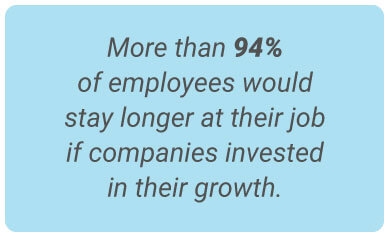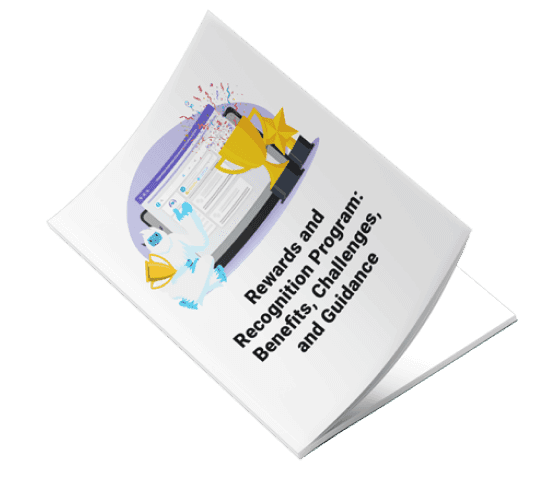
How To Write & Measure Employee Development Plans
April 12, 2022
|
Erika Rahman

What is the goal of employee development?
How to write a development plan for employees
1. Build personal goals
2. Focus on work
3. Make it SMART
4. Equip managers
5. Update regularly
How to measure employee development
Do it better with Motivosity
About the Author

Erika Rahman is the Content Marketing Specialist at Motivosity. She studied marketing and business management at Utah Valley University. Erika has a broad background, ranging from optometry to trade school administration, giving her a love and understanding for people across industries. She grew up in Northern California and Colorado, and currently calls the Utah slopes home.
Learn More
Learn More






